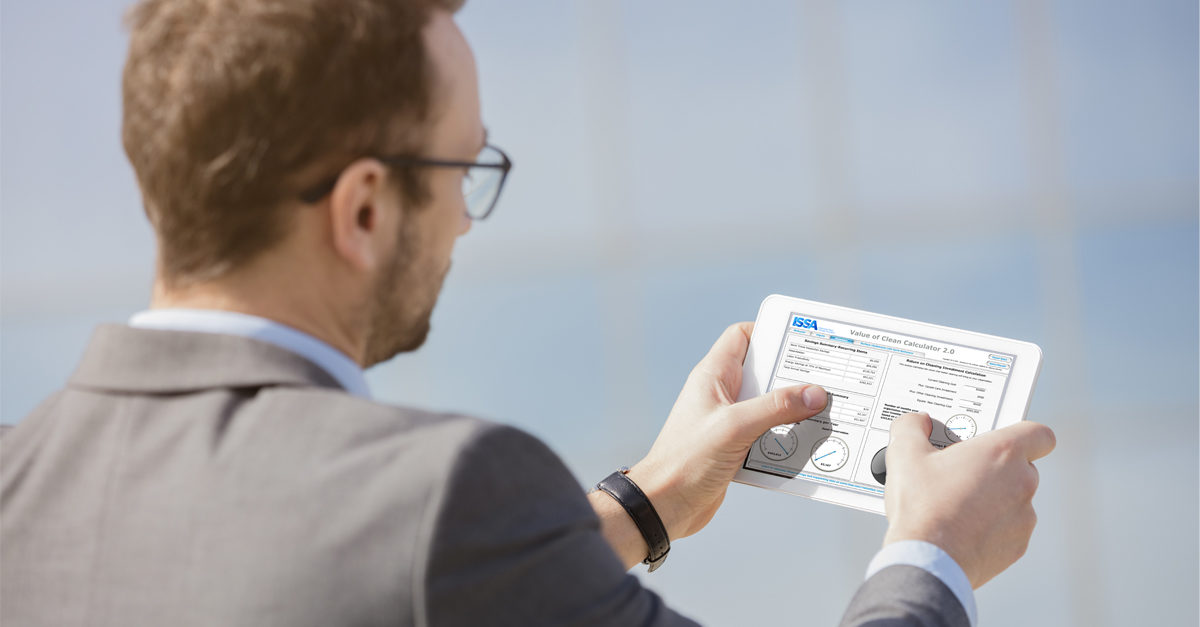Susan, the operations director at a small college in New England, was attending an annual administrators retreat with the school’s other department heads. The retreat provided an opportunity to learn what other departments were doing and also for Susan to shine a light on her work in facilities.
In preparation for her presentation, Susan simply made some modifications to the report she had used the year before. Once she arrived, she saw the other department heads had materials that were much more detailed and presented a clearer picture of what they accomplished and how they had controlled costs. As she sat dreading what now looked like a lackluster presentation on her part, she remembered the demo for cleaning management software she reviewed last summer. It included multiple reports that would have been perfect for her information packet.
Susan’s story isn’t unusual. Most of us have probably seen a cleaning software demo, or at least know the software is out there. Yet, most cleaning operations either don’t purchase the software or allow the software they do purchase to gather dust on the shelf. Why? It’s mainly due to myths about cleaning software that we just can’t relinquish, such as the following:
Myth No. 1
You can’t measure cleaning. Too many people in our profession believe you cannot measure cleaning. In fact, you can, though it may require a courageous management team to implement standards uniformly throughout an organization.
Staffing and costs can be calculated using software, but the calculations will only be as accurate as the information that is entered. It also requires a space inventory, specific cleaning standards, and a rigorous quality control system to modify and adjust the cleaning operations on a regular basis. However, once you accept that cleaning can be measured and that doing so will improve the effectiveness of your organization, the value of cleaning management software becomes obvious.
Myth No. 2
Cleaning software is too expensive. This is penny wise and pound foolish. If a pipe broke in your building, you would not hesitate to call a plumber. His services might be expensive, but doing nothing would cost you more in the long run.
Cleaning management software can show where your operations are leaking through inefficient procedures, chemicals, and equipment. Most important, cleaning management software can provide you with the cleaning system that is the most efficient based upon the resources you have available.
Myth No. 3
You don’t have the time. Whenever we make changes in our operations, including the implementation of new software, we can expect a short-term dip in productivity. Getting past that dip is what separates the winners from the losers. Here are some suggestions on how to do that.
When you decide it is time to implement a cleaning management software program for your operations, have a plan. If you are in charge of your operations and have multiple responsibilities, think about having someone else in your organization serve as the point person or as part of a technology team. This is also an excellent opportunity to partner with people in your organization or with outside organizations.
It may be in your best interest to utilize a consultant or a distributor to help you with the implementation of software. In fact, when purchasing software, it is always a good idea to ask about support packages. Some companies will offer different levels of service and training depending on your needs and abilities.
The Bottom Line
Driving home from the retreat, Susan realized what initially seemed like overwhelming challenges when she reviewed the cleaning software last summer were really a small price to pay for improved operations that would simplify her job down the line. She made a mental note to approach her boss first thing in the morning about getting cleaning management software for facilities.




